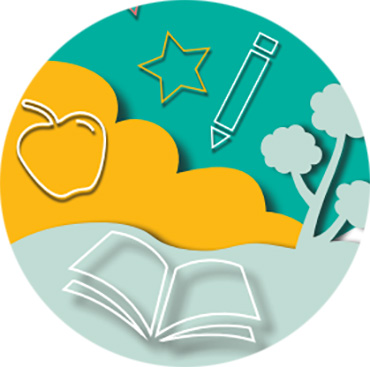
Support for Structured Literacy
What is Structured Literacy?
Structured Literacy is systematic, explicit approach to teaching literacy, including the foundational skills of phonological awareness, phonemic awareness, decoding and fluency, as well as higher level skills including comprehension and composition.
What are the elements of a successful Structured Literacy Program?
A structured literacy program should be evidence-based, provide explicit instruction, follow a prescribed scope and sequence and be intentionally scaffolded to afford students the opportunity to reach mastery of each skill presented.
Key Terminology:
- Phonological Awareness:
Understanding different ways that oral language can be divided into smaller components and manipulated, including segmenting, blending, rhyming.
- Phonemic Awareness:
The ability to hear and manipulate the sounds in spoken words and the understanding that spoken words and syllables are made up of sequences of speech sounds, or phonemes.
- Decoding:
Using your knowledge of sound(phonological)-symbol(phonemic) relationships and letter patterns to correctly pronounce written words. (Also known as ‘word-reading’.)
- Fluency:
Ultimately a measure of how well one can read a text, incorporating all of these elements: Accuracy, Rate, Expression and Comprehension.
- Accuracy:
The level at which one can read written words as they were intended.
- Rate:
The number of words one can read within one minute. (Also known as ‘speed’.)
- Expression:
The ability to read a text in a way that resembles spoken language. For example, pausing at appropriate places, adding emotion and giving emphasis to appropriate words. (Also known as ‘prosody’.)
- Comprehension:
The ability to understand the meaning of the words one is reading and make connections to self and others based on that reading. This involves both the ability to decode and the ability to understand the meaning of the words one is decoding.
- Vocabulary:
The collection of words that are known and understood by a student, including both oral vocabulary and written vocabulary.
- Composition:
The creation and organization of one’s thoughts into a coherent and meaningful text.